Ortiva Top
Ortiva Top provides first-class protective and curative activity against powdery mildew, botrytis, rust, and leaf spot diseases.
- Trials have shown treated crops display physiological benefits such as enhanced greening which is known for boosting marketable yield.
- It has unrivalled crop safety, long-lasting field persistence, and it is rainfast in 2 hours.
- Difenconazole’s mode of action gives Ortiva Top both protective and curative use and we recommend early applicaiton of the product to ensure build-up of protectants.
- Ortiva Top acts on a wide range of diseases through contact, translaminar activity in plants.
Features of Ortiva Top
- Package size: 500mL.
- Formulation: Suspension Concentrate (SC).
- Active substance: 200 g/L azoxystrobin, 125 g/L difenoconazole.
Mode of action
Azoxystrobin:
- It inhibits spore germination at the early stages of fungal development. This confers excellent protection against invasion by fungal pathogens.
- It acts as an inhibitor of mitochondrial respiration, blocking the energy cycle of the pathogen.
- Mainly occurs in the biological cycle of the fungus, during spore germination, and during the initiation of penetration into the tissues of the plant.
- Gradual uptake and systemic local activity in leaves.
Difenoconazole:
- Blocks steroid biosynthesis in cell membranes of fungi.
- It offers preventive and curative action.
- Local systemic action and easy acropetal translocation.
Usage recommendations
- Tomatoes: The appearance of the first inflorescence until 70% of the fruit matured.
- Eggplant: The appearance of the first inflorescence until 70% of the fruit matured.
- Pepper: The appearance of the first inflorescence until 70% of the fruit has matured.
- Beans: Floral buttons until pastes reach 70% of normal size.
- Cabbage and brussel sprouts: 2 true leaves to reach normal size.
- Cauliflower and broccoli: 2 true leaves and the appearance of the first individual flowers.
- Carrot, pastranac, parsley, horseradish, radish, and celery: 2 true fungi to reach the normal size.
- Pumpkins and cucumber: the appearance of the first flowers and the maturity of the fruit.
- Salad: 6 true leaves to complete development.
- Melon/ green melon: from the first branch of the main stem to the maturity of the fruit.
- Leek: 6 true leaves to maturity.
- Strawberries and raspberries: The first open flowers (beginning to blossom) and until maturity, 2nd harvest.
- Directly sowing onion and onion, garlic: 6 true leaves and up to 50% of the fruit/bulb diameter.
- Green onions: 5 true leaves.
- Pea: Floral buttons and until 70% of pasta have reached the final size.
Ortiva Top: Directions for use
| Crop | Disease | Rate/ha | Rate/20L |
| Roses | Powdery mildew (Sphaerotheca pannosa) | 0.75-1.0 lt/ha | 15-20ml/20mL |
| Snow Peas | Powdery mildew, ascochyta leafspots | 0.5 lt/ha | 10ml/20mL |
| French Beans | Angular leaf spots, rust, anthracnose | 0.5 lt/ha | 10ml/20mL |
PS: Always observe re-entry interval of 12 hours.
Note!
The interval between treatments is adjusted according to climatic conditions and infection pressure. When applied in protected areas, treatment should be avoided under extreme temperature and humidity conditions (very high).
Crops
Beans, Broccoli, Cabbages, Carrot, Cauliflower, Celery, Cucumber, Eggplant, Garlic, Horseradish, Leek, Lettuce, Melons, Onion, Parsley, Parsnip, Peas, Pepper, Radishes, Strawberries, Tomatoes, Zucchini.
Target diseases
Alternaria, Anthracnose, Leaf blight, Mold, Peronosporales, Powdery mildew, Rust, Tomato leaf mold.

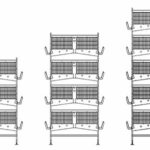



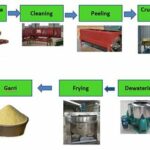

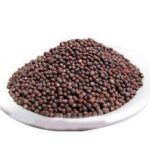





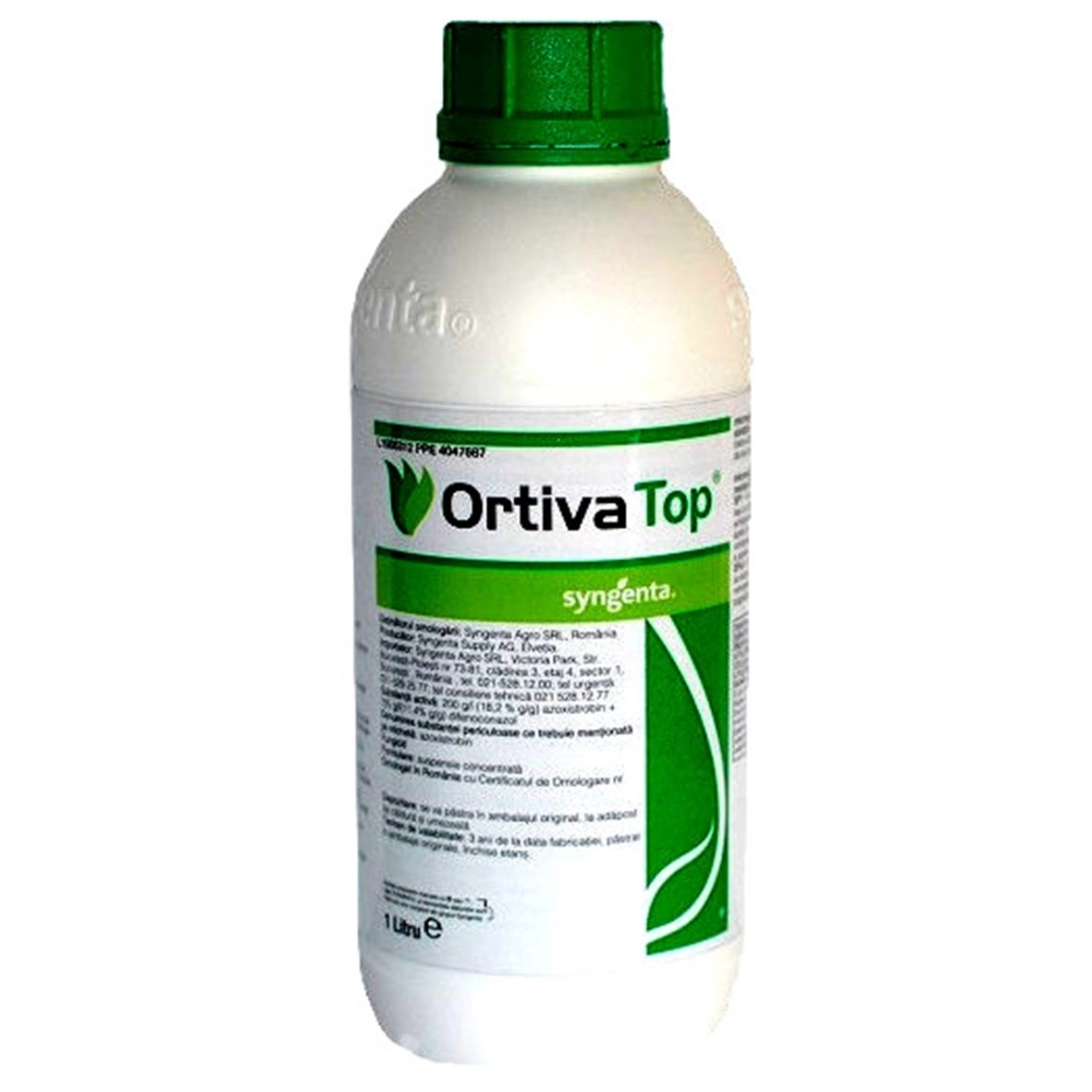
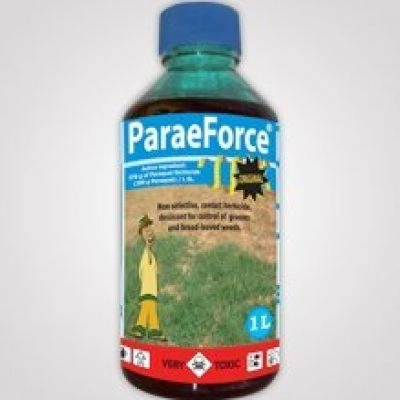

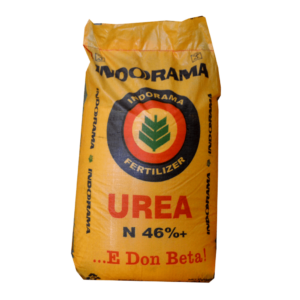
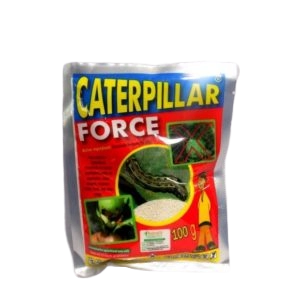
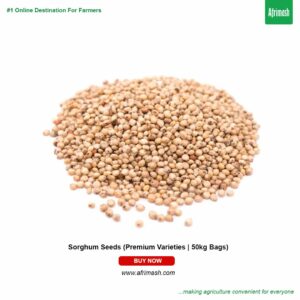
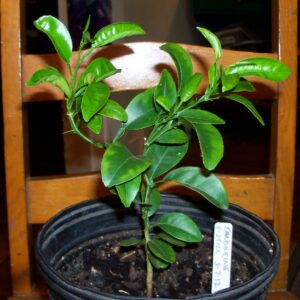
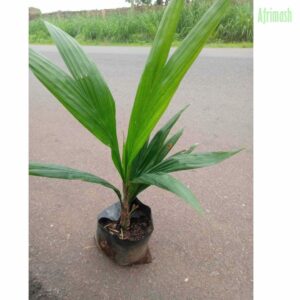
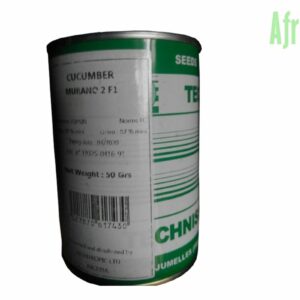

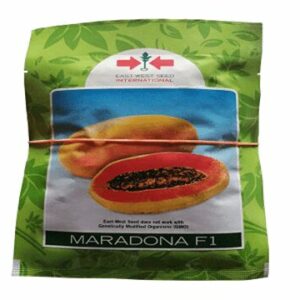
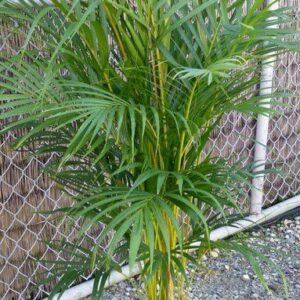
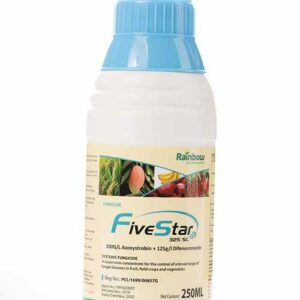
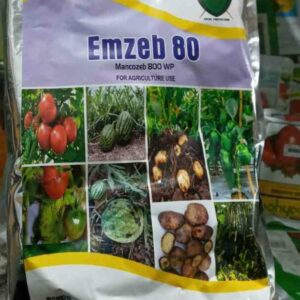
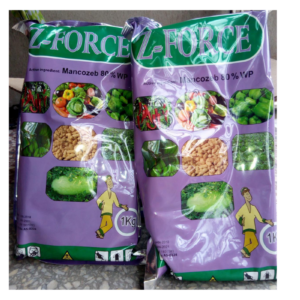
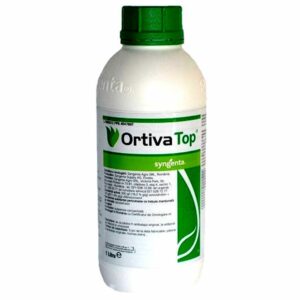
Reviews
Clear filtersThere are no reviews yet.